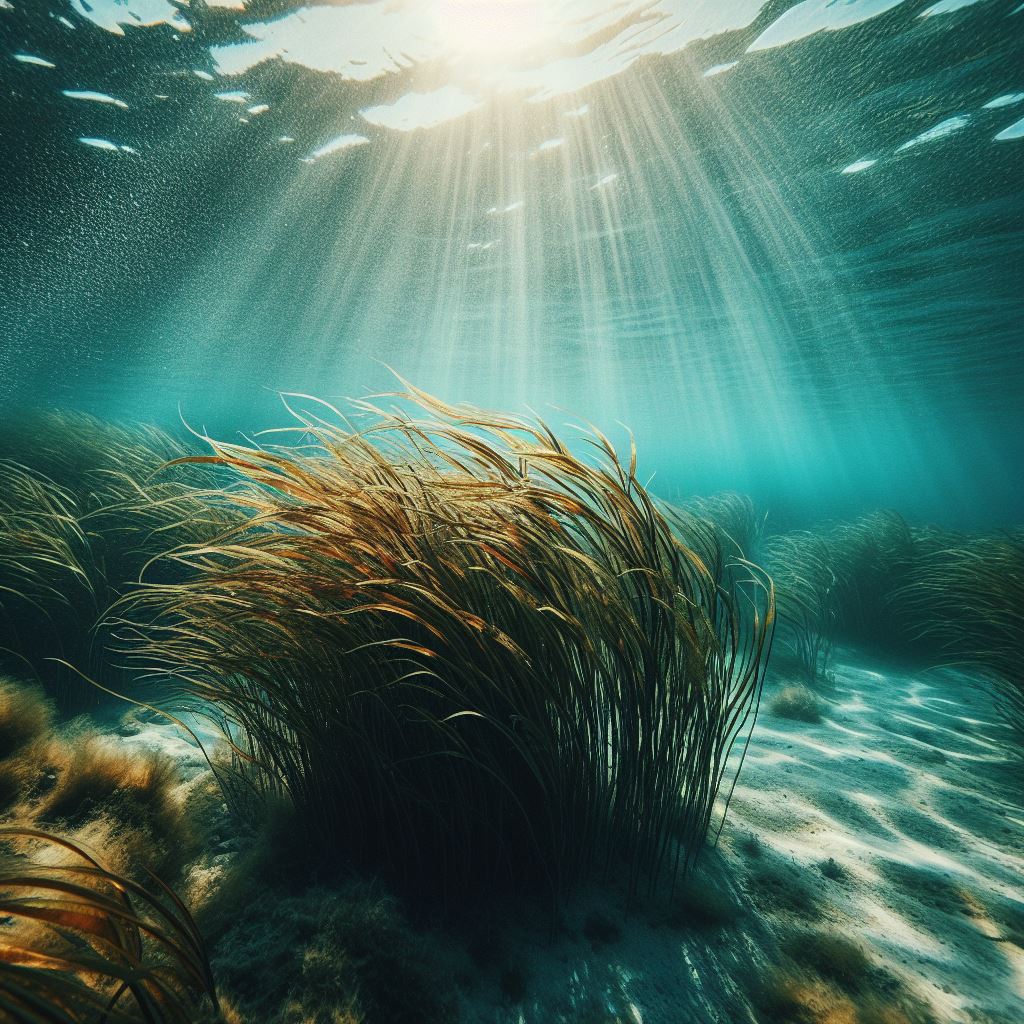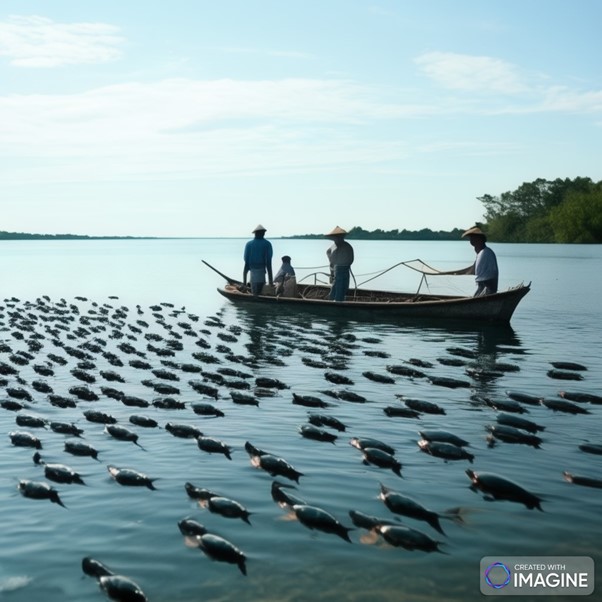By: Nur Afifah Hanun Ismail, Ahmad Zaharin Aris, Sze Yee Wee, Hanisah Mohmad Nasir, Muhammad Raznisyafiq Razak, Nitty Hirawaty Kamarulzaman, Tuan Fauzan Tuan Omar
Article Prepared By: Farah Izana Abdullah
Hormones, pesticides and pharmaceutically active compounds are classified as multi-residues of endocrine-disrupting chemicals (EDCs). Major sources of EDCs in the aquatic environment are coming from wastewater treatment plants, waste from other urban and industrial activities, animal husbandry, agriculture, and aquaculture. Long term exposure to EDCs can cause obesity, diabetes, breast cancer, prostate cancer, and exhibit bioaccumulation in aquatic organisms, thus deteriorating the quality of seafood. According to Food and Agriculture Organization, the fish production and fish supply in Asia is the highest in the world. Pulau Kukup, Johor, is one of the largest sites in Malaysia for active mariculture activity as well as industrial and commercial activities. Therefore, the study of the quality as well as safety of mariculture fish by determining the concentration of multi-class EDCs would be useful. A study was conducted to determine the selected EDCs on the muscle, liver, and reproductive organ of the mariculture fish such from Malaysian ecosystem along with their food safety implications. The highest concentration detected in mariculture fish was dexamethasone, at 2.37–15.84 ng/g in muscle, less than 2.54–43.56 ng/ g in the liver, and less than 2.54–37.23 ng/g in the reproductive organ. Presence of EDCs was potentially due to improper disposal of unused medical drugs. However, consumption of fish from the mariculture cages of Pulau Kukup, Johor are unlikely to pose health risks to consumers due to the hazard index values for detected EDCs were less than one.
Web: https://doi.org/10.1016/j.foodchem.2020.128806

Date of Input: 01/04/2022 | Updated: 01/04/2022 | m_fakhrulddin
MEDIA SHARING





























